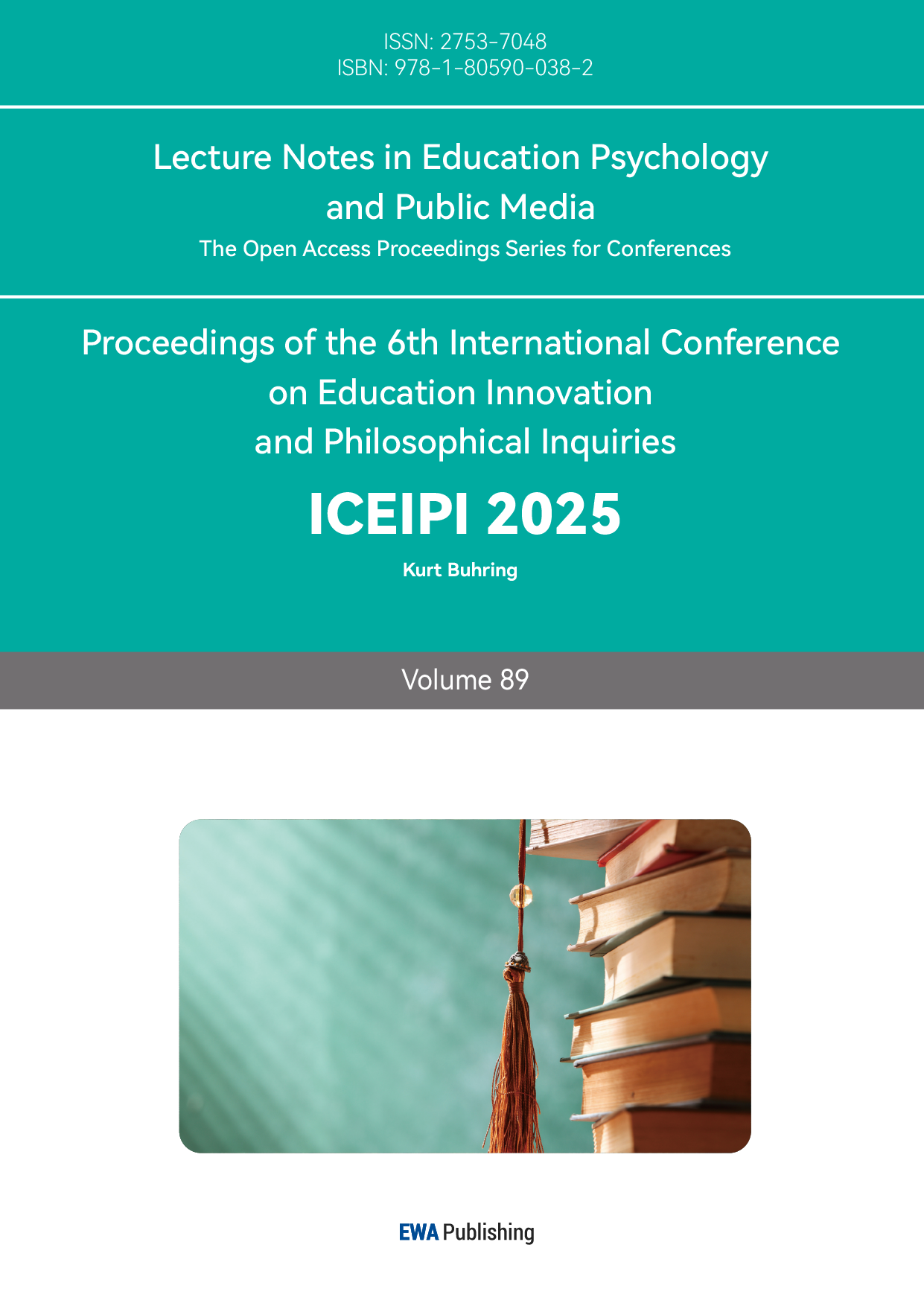1.Introduction
The multi-school zoning policy is a major educational reform introduced by the Chinese government to address the issue of uneven distribution of educational resources. The core idea of this policy is to assign students to one of several schools within a designated area, thereby promoting a more equitable allocation and optimal utilization of educational resources. While the multi-school zoning policy has made some progress in improving educational equity, several challenges have emerged during its implementation. For instance, many parents lack a clear understanding of the policy, and misconceptions about its objectives and impacts persist. Furthermore, issues such as unequal allocation of resources among schools and low satisfaction levels regarding school choice have been reported. These issues highlight the need for further refinement to fully realize the policy’s potential.
To fully understand the impact of the multi-school zoning policy on educational equity, it is essential to first clarify its original objectives. The policy aims to break away from traditional models of educational resource allocation by introducing competition, thereby fostering fairness and ensuring that every child has access to relatively equal educational opportunities. However, challenges remain regarding the policy's actual effectiveness—does it truly achieve fairness? Is it truly equitable in practice? These are questions that require further investigation through data analysis derived from surveys.
Looking ahead, continuous adjustments and optimizations are needed to enhance the policy's effectiveness. Addressing challenges such as housing market fluctuations linked to school zoning and disparities in school quality will be critical. As China continues to advance educational equity, it is crucial to consider these factors and design more scientifically-based and reasonable policies. Achieving educational equity is a long-term, complex, and vital task that requires concerted efforts and ongoing exploration.
2.Literature Review
The concept of educational equity is grounded in the principles of educational fairness, resource allocation, and quality assurance. Educational fairness emphasizes that every student, regardless of gender, race, or geographic location, should have equal access to educational opportunities and resources. Resource distribution focuses on optimizing the allocation of limited resources to ensure that all students can benefit from high-quality education. Quality assurance emphasizes the fairness of both the educational process and its outcomes, ensuring that all students receive education of a high standard.
The multi-school zoning policy, as an important measure to enhance educational equity, has been widely researched and implemented both domestically and internationally. In China, cities such as Beijing, Shanghai, and Guangzhou have successively adopted this policy with the aim of achieving equitable distribution of educational resources through school zoning and random allocation methods[1][2]. Research indicates that the multi-school zoning policy has helped alleviate the pressure on popular schools and improve the educational quality of other schools[3][4]. For example, evidence from a study in Beijing demonstrates that the policy has effectively reduced the high costs of "school district housing" with high levels of parental satisfaction, thus offering students more opportunities for enrollment[5]. Another study highlights the policy's potential in optimizing school space distribution, further promoting equal educational opportunities[6].
Globally, many countries have also introduced similar policies to promote educational equity. For example, the United States and Seoul have implemented inter-district and intra-district school choice programs, allow families greater flexibility in selecting schools rather than being restricted by residential location. These policies not only encourage schools to improve their performance to attract students but also mitigate the "school district housing premium" [7][8]. Studies in Indonesia have also shown that the school zoning policy effectively narrows the enrollment disparities among students from different socioeconomic backgrounds in public junior high schools [9].
While the policy aims to provide fair enrollment opportunities in theory, challenges remain in practice. Research indicates that, despite its equitable intentions, parents still tend to prefer high-quality public schools, leading to intense competition for limited spots in these schools[10]. Additionally, the policy faces hurdles such as inadequate social support for its execution and difficulties in integrating private schools within the policy's framework[11][12].
While current studies have made some progress in exploring the potential of multi-school zoning policies in promoting educational equity, significant gaps remain. For instance, parents with different backgrounds might differ significantly in their attitudes and responses to the policy. However, these micro-level variations have not been systematically analyzed, which might hinder the policy’s effectiveness. Moreover, much of current research has concentrated on the static outcomes of policy implementation, such as the redistribution of educational resources or shifts in school district housing prices, but has paid less attention to the dynamic and adaptive nature of policy implementation. Recognizing that policy execution evolves over time and involves challenges at various stages is crucial. This study therefore aims to provide insights for future policy adjustments by focusing on parents’ attitudes and understandings of multi-school zoning policy from a more micro-level perspective.
3.Methodology
This study used a self-designed survey for data collection and analysis. The questionnaire was divided into five sections: basic demographics, policy awareness, policy impact, satisfaction evaluation, and suggestions. We aimed to design a logical, clear, and operable survey to understand the policy's effects and areas for improvement. Below are some key points of the questionnaire design.
The first section focused on participants’ basic information, where we collected data including parents’ age and the educational stage of their children. We believe that understanding parents' basic information is essential for analyzing subsequent questions, as parents of different age groups may have varying levels of understanding and acceptance of the policy.
In the policy awareness section, we aimed to gauge parents’ understanding of the multi-school zoning policy, including their perceptions of its main objectives and awareness of how the policy impacts the allocation of educational resources.
In the policy impact section, we explored the role of the multi-school zoning policy in balancing the distribution of educational resources. Specifically, we examined whether it alleviated pressure on popular schools, improved the educational quality of other schools, and what issues parents identified during the implementation process.
The satisfaction evaluation section assessed parents’ satisfaction with the improvement in resource allocation at their child’s schools as a result of the policy. We also looked at whether the policy increased opportunities for children to attend high-quality schools and parents’ overall satisfaction with the school selection process.
In the suggestions and feedback section, parents were invited to share the challenges they encountered during the implementation of the multi-school zoning policy and to provide suggestions for future adjustments. These questions aimed to capture genuine parental insights and needs, providing valuable references for improving the policy.
To collect sample data efficiently and widely, this study distributed questionnaires on several Chinese social media platforms. It mainly employed two sampling methods. The first was convenient sampling, targeting easy-to-reach parent groups to quickly gather an initial set of responses. The second was snowball sampling, where parents who completed the survey were encouraged to invite others within their social networks, progressively expanding the sample size. As a result, a total of 190 questionnaires were collected. These responses covered feedback from parents across different regions, ages and backgrounds, providing rich first-hand information for subsequent analysis.
4.Results
4.1.Parents’ Demographic Backgrounds
The age distribution of parents shows that the parents participating in the survey are mainly middle-aged or younger. More than 60% of the parents are between 25 and 50 years old. As explored in detail below, parents' diverse age backgrounds contribute to varying perceptions of the policy. Parents aged 26–35 (16.84%) tend to embrace new technologies and policies, often supporting the multi-school zoning policy for its focus on equitable education. Parents aged 36–45 (38.42%) value educational equity but express concerns about implementation details, such as its impact on their children’s learning stability or increased academic competition during critical study phases. In contrast, parents over 56 (9.47%) are less represented and may prefer traditional educational models, exhibiting slower acceptance of the policy.
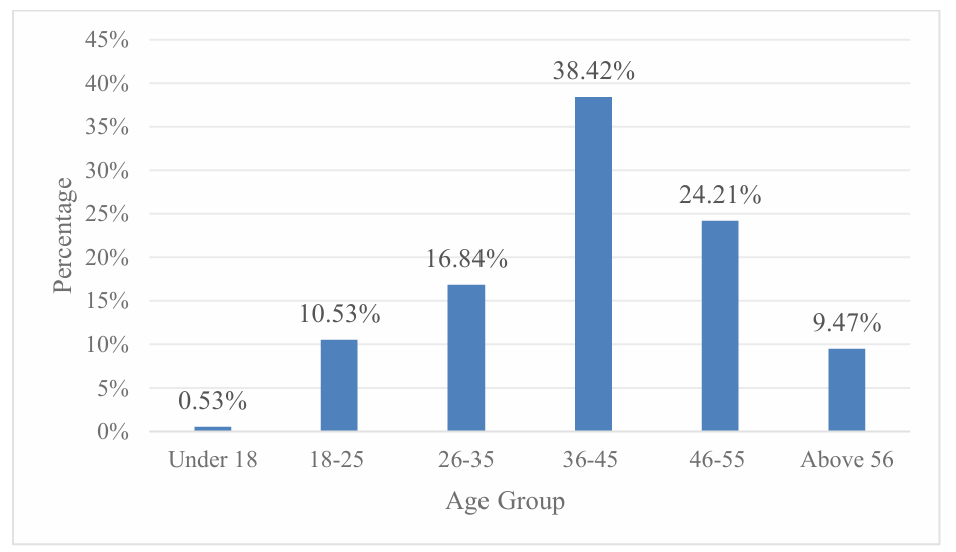
Figure 1: Age distribution of surveyed parents.
In terms of educational stages, the children of surveyed parents ranged from kindergarten to high school. Parents of kindergarten (18.42%) and primary school students (25.79%) focus on equal access to future education and holistic development. Parents of junior high students (12.63%) prioritize how the policy might affect their child’s future academic pathways, while high school parents (5.79%) are primarily concerned with the policy’s effects on college admission rates and teaching quality.
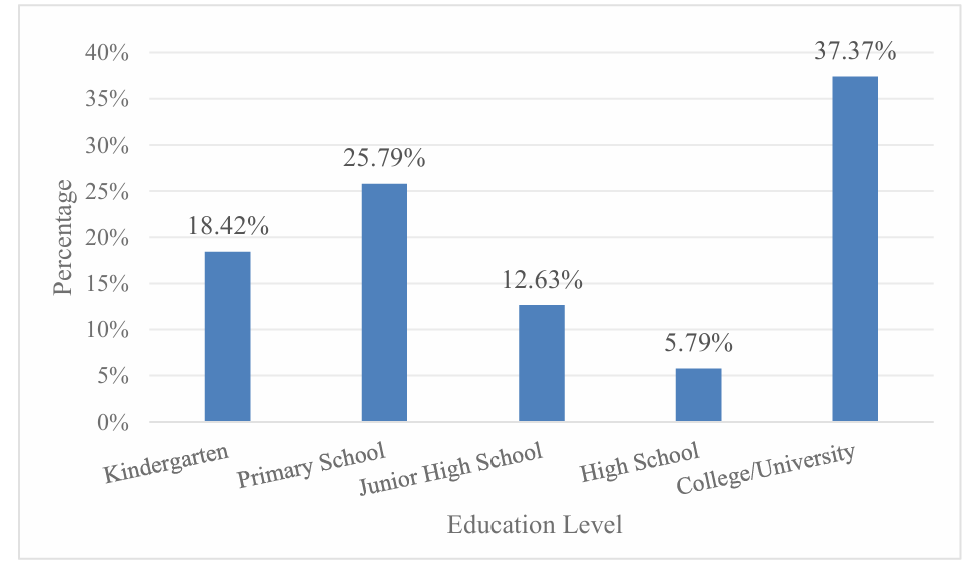
Figure 2: Distribution of educational level of surveyed parents.
Parents also vary in educational background, from high school graduates to those with doctoral degrees. This finding is significant for understanding the depth of parents’ awareness and the perspectives they bring to evaluating the multi-school zoning policy. Highly educated parents are likely to have a deeper understanding and more nuanced analysis of educational policies, making their opinions and feedback particularly insightful.
4.2.Policy Awareness
Over 80% of parents reported having a certain degree of understanding of the multi-school zoning policy, likely due to their younger or middle-aged demographics and access to diverse information channels. These parents tend to be more proactive in keeping up with educational policy updates. On the other hand, about 15% of parents, primarily aged 46 and older, reported limited knowledge of the policy. This may be because their children are mostly in high school or college and thus are less affected by the multi-school zoning policy.
Table 1: Distribution of understanding level of the multi-school zoning policy.
|
Understanding Level |
Count |
Percentage |
|
A. Limited Understanding |
27 |
14.21% |
|
B. Certain Understanding |
138 |
72.63% |
|
C. Good Understanding |
18 |
9.47% |
|
D. Full Understanding |
7 |
3.68% |
|
Total Responses |
190 |
100% |
Most parents also agree that the primary goal of the multi-school zoning policy is to achieve a fair allocation of educational resources. Over 80% of parents believe that this policy will disrupt the traditional dominance of popular schools and alleviate enrollment pressures. 70% of parents believe that it can provide more children with the opportunity to attend high-quality schools.

Figure 3: Understandings of impacts of the policy on students.
When analyzing the impact of the multi-school zoning policy on the allocation of educational resources, respondent give varied opinions. 78.95% of respondents believe that the policy achieves equitable allocation of educational resources primarily by balancing student numbers and reducing overcrowding in popular schools. However, 20% of parents think that the policy has no significant impact on the distribution of educational resources.
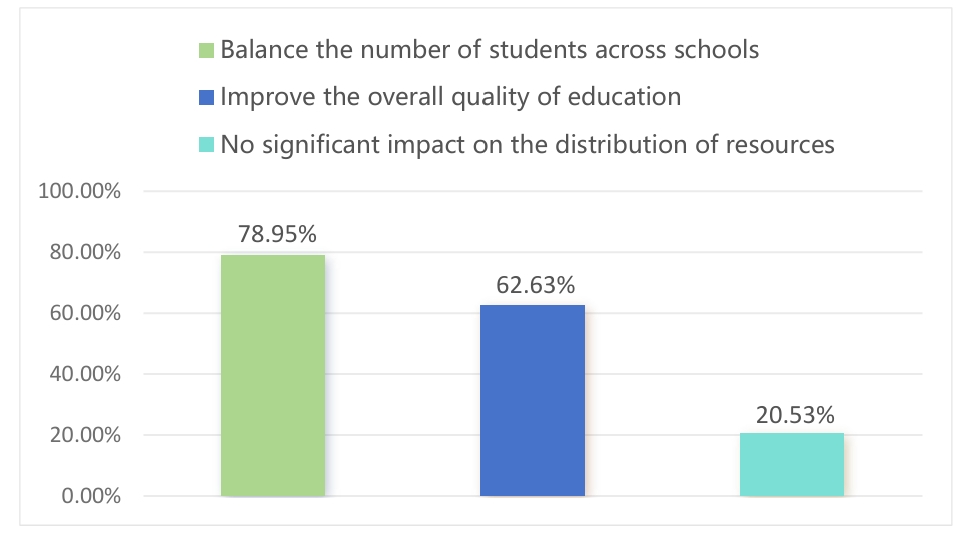
Figure 4: Understandings of impacts of the policy on resource allocation.
In terms of identified problems, parents widely acknowledge certain inequities in the policy's implementation, such as the lack of transparency in the random assigning process and the scarcity of high-quality educational resources. These concerns might lead to reservations about the policy’s effectiveness and thus undermine public confidence in the authority.
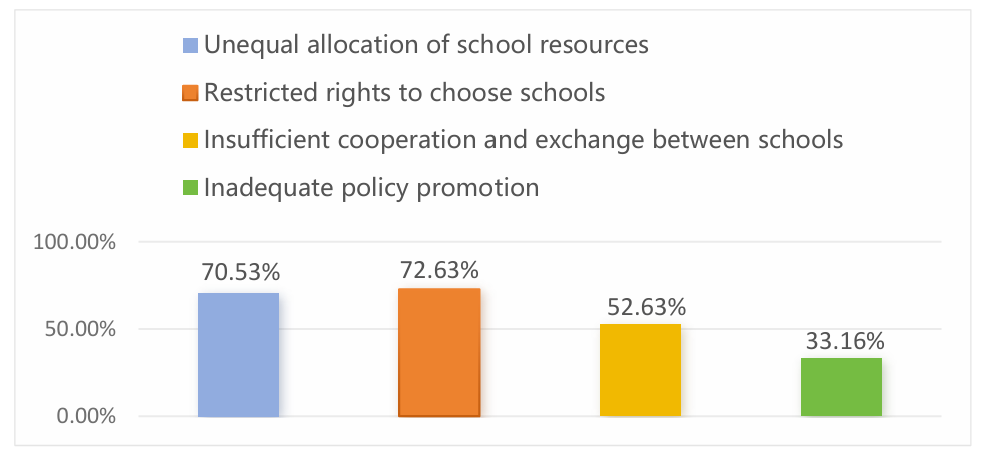
Figure 5: Concerns of the policy during implementation.
4.3.Policy Impact
In terms of the equitable allocation of educational resources, the multi-school zoning policy has, to a certain extent, disrupted the entrenched pattern of traditional school district housing, enabling a more reasonable distribution of quality educational resources. For example, in Beijing, 2023 statistics show that after the implementation of the multi-school allocation policy, the resources of high-demand schools were diluted to some extent, reducing parents' reliance on school district housing. This change directly contributed to the rational adjustment of school district housing prices[5]. However, during the policy implementation, some difficulties have emerged. For example, parents have varying levels of understanding of the policy, and some are skeptical about multi-school zoning, fearing that their children's educational quality might be affected [6].
The pressure on popular schools has been alleviated to a certain extent. In the past, popular schools often had limited enrollment quotas, leading to fierce competition among students. Now, through the multi-school zoning policy, students have more diverse school choices. Other studies also show that after Hangzhou implemented the multi-school zoning policy, the number of applicants for popular schools decreased, and school enrollment became more stable [13].
The effect of the multi-school zoning policy on improving education quality in other schools is more complicated. Although theoretically, the lottery process can promote the equalization of education resources, in practice, the implementation effect of the policy is affected by various factors, including faculties, fundings and facilities of different schools[14]. Some studies have shown that the policy of multi-school zoning may lead to the idleness and waste of resources in some schools as these schools indeed have stronger capacities to foster larger number of students[10].
During implementation, several challenges were identified. Parents reported facing more uncertainty in choosing schools. They may need to invest additional time and effort to gather information about different schools, which implicitly increases their psychological stress and time costs [11]. There are also some operational difficulties, such as how to scientifically divide school districts and ensure a fair and equitable distribution of educational resources [12].
4.4.Satisfaction Evaluation
This study finds that parents' overall satisfaction with the multi-school allocation policy is relatively high. Specifically, more than 70% of parents believe the policy has somewhat ameliorated the imbalance in the distribution of educational resources, enabling quality resources to be more reasonably distributed among schools. Sixty-five percent of parents think the policy has increased their children's chances of enrolling in high-quality schools, which has alleviated their anxiety about access to quality education.
By age group, about 80% of young parents (aged 26–35) are satisfied with the policy. They feel the policy provides their children with more choices and fairer opportunities, aligning with their pursuit of equitable education. For parents aged 46 and above, the satisfaction rate is about 60%. This group may need longer time to adapt to the change in the traditional mode and still have reservations about the new approach.
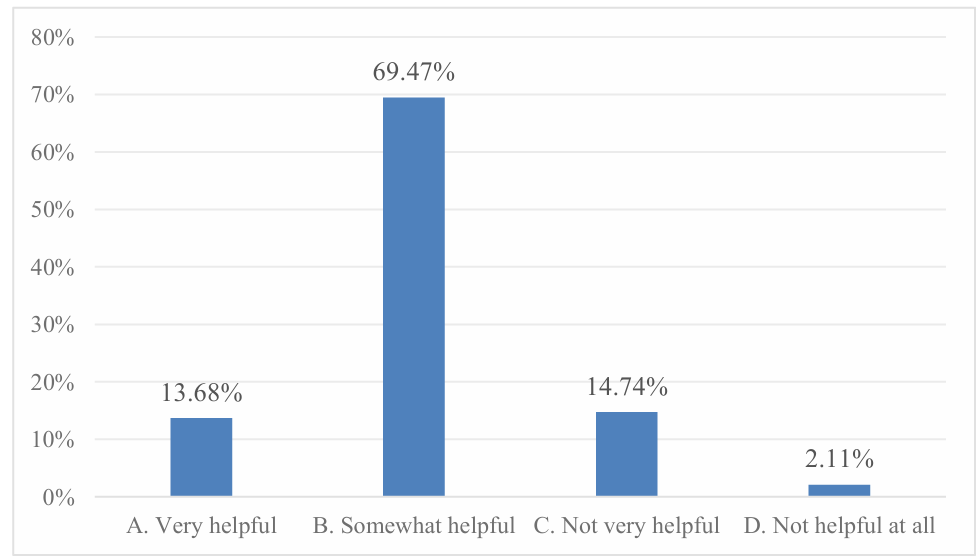
Figure 6: Distribution of perception of helpfulness of the policy.
Regarding the fairness of the school selection process, parents across all age groups express some doubts. Overall, about 50% of parents feel the process is fair, while more than 10% consider it somewhat subjective and unfair. Middle and high school students’ parents are less likely than kindergarten and elementary school parents to perceive the process as fair, possibly due to heightened concerns about their children's progression through the education system.
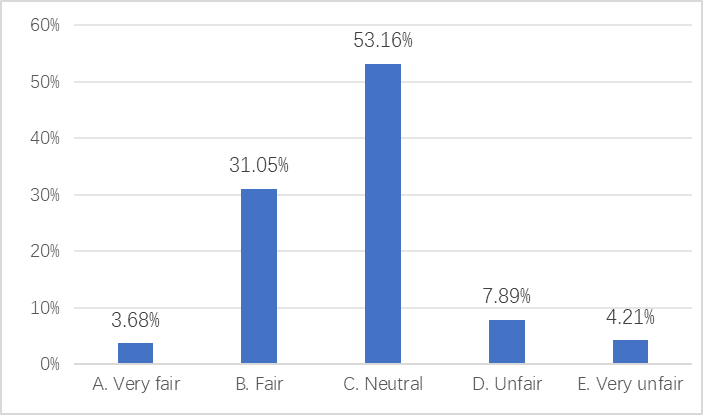
Figure 7: Distribution of perception of fairness of the policy.
Nearly half of parents report confusion or dissatisfaction with the lottery process for school assignments, citing it as overly complex and cumbersome. Parents who are satisfied with the process are mostly those with children in kindergarten or primary school. The concept of educational equity promoted by the multi-school zoning policy aligns with their emphasis on a fair educational environment during the early stages of their children's education. Also, compared to parents of children in other age groups, they often exhibit stronger learning abilities and a higher acceptance of new ideas.
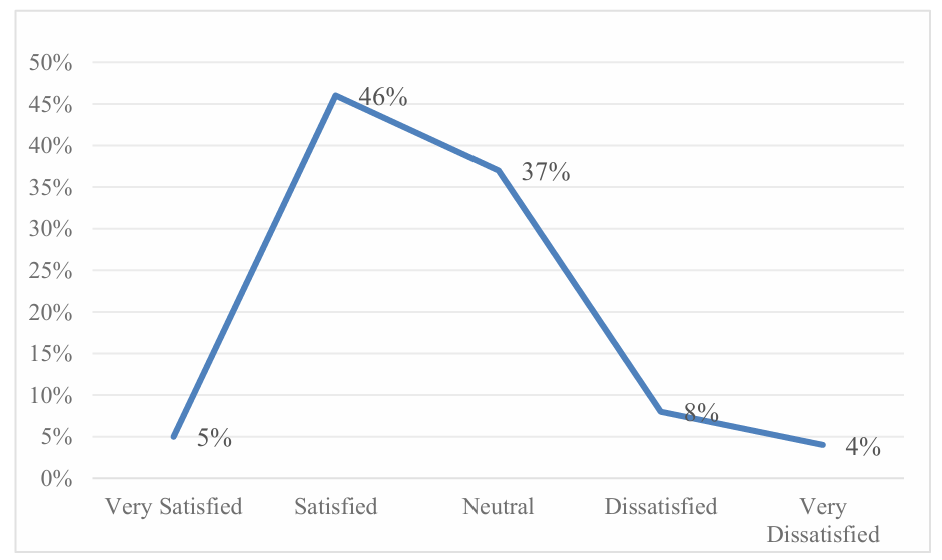
Figure 8: Distribution of satisfaction with the policy.
4.5.Suggestions and Feedback
Many parents highlight the information asymmetry in the real implementation of the multi-school zoning policy. Insufficient clarity about zoning boundaries and admission rules makes the decision-making process burdensome and uncertain. Some parents are worried that the multi-school zoning might lead to excessive concentration of resources in some schools, while other schools might face a shortage of resources. Additionally, doubts were raised about the transparency and fairness in the implementation process of the policy, including potentia human intervention in the admission process.
Nevertheless, parents also put forward some suggestions for improving the multi-school zoning policy in the future. Many parents believe that the policy should improve transparency and fairness by employing information disclosure and providing guidance so that parents could better understand and participate in the school selection process. Proposals include reducing disparities among schools by setting clearer rules and standards, increasing resource allocation, and strengthening policy oversight and evaluation.
5.Conclusion
The multi-school zoning policy has made progress in addressing the uneven allocation of educational resources and promoting equity, but challenges persist. Based on the analysis of this study, the following recommendations are proposed for policy optimization.
In terms of the selection mechanism of school, the current complex process has caused significant distress to parents, leading to low satisfaction levels. It is necessary to further streamline the selection mechanism during policy implementation [15]. Policymakers should simplify the process and build a unified, user-friendly and transparent information platform. This platform should integrate key enrollment details, such as admission plans, faculty allocation, and curriculum highlights, and present them clearly to parents. By improving accessibility and efficiency, such measures can increase trust and approval of the policy.
With regard to the equitable allocation of educational resources, although the policy has improved the pattern of resource distribution to a certain extent, inter-school disparities still exist. The education sector needs to further strengthen the coordination and allocation of resources, distributing essential resources such as funding, faculty, and teaching equipment based on the actual needs and developmental status of schools [16]. Establishing inter-school support mechanisms, such as resource sharing, joint research, and teacher exchanges, can further balance resources, improve parental satisfaction, and create a more equitable educational environment.
Fairness in school selection is the core value of education policy. A strict and scientific monitoring system should be constructed to standardize the process and ensure the fairness of lotteries [17]. Additionally, increased transparency through regular information disclosure and public supervision can address parents’ concerns about potential human intervention. This will help guarantee equal educational opportunities for all children.
Multi-school zoning policy has great potential. By continually addressing implementation challenges and refining the policy, it can strongly advance the equity of education in China. It will lay a solid foundation for the long-term development of the education system, enabling more children to benefit from equitable and high-quality educational resources [18].
References
[1]. Ting, Zhang. "Legal Regulation of the 'School District Zoning and Proximity-Based Enrollment' Policy: A Perspective of Substantive Equality." Jianghan Tribune, 2021.
[2]. Tong, Jian, et al. The distributional effects of introducing a lottery system in school assignment rule: Evidence from an experiment in Beijing, China. International Journal of Educational Development 107 (2024): 103030.
[3]. Yi, Li, and Li Jiyang. "Social Games and Public Rationality: The Governance Logic and Pathways of 'Simultaneous Enrollment of Public and Private Schools' in Compulsory Education." Journal of East China Normal University (Educational Sciences) 40, no. 8 (2022): 115.
[4]. Jia, Qian. "Adjustment of Urban Compulsory Education School Layout from the Perspective of Educational Governance: A Longitudinal Case Study of S County." Journal of Huazhong Normal University (Humanities and Social Sciences) 62, no. 3 (2023): 179–188.
[5]. Yue, Tong, and Cong Zhang. Can Educational Resource Allocation Reduce the Sky-High Price of School District Housing: Evidence from Multi-School Dicing Policy in Beijing, China. (2022).
[6]. Ziyu, Liu, Ran Zhao, and Guan Jiaqi(2024). Optimising the Spatial Assignment of Schools to Provide Equal Educational Opportunity: Multi-School Zoning or a Random Approach. Available at SSRN 4928368.
[7]. Brunner, Eric J., Sung-Woo Cho, and Randall Reback. Mobility, housing markets, and schools: Estimating the effects of inter-district choice programs. Journal of Public Economics 96, no. 7–8 (2012): 604-614. https://doi.org/10.1016/j.jpubeco.2012.04.002.
[8]. Chung, Il Hwan. School choice, housing prices, and residential sorting: Empirical evidence from inter-and intra-district choice. Regional Science and Urban Economics 52 (2015): 39-49. https://doi.org/10.1016/j.regsciurbeco.2015.01.004.
[9]. Widyasari, S., and F. Azzahra. Zoning Policy in Promoting Educational Equality: Analytical Review in the Context of Policy Innovation. Agile Governance and Innovation Measurement Journal 1, no. 2 (2024): 51–58. Retrieved from https://agim.umy.ac.id/index.php/agim/article/view/4.
[10]. Xiaofen, Yu, Zhang Jinyuan, and Zhang Yanjiang. "How Does 'Simultaneous Enrollment of Public and Private Schools' Affect the Scarcity of High-Quality Public School Places?" Journal of Zhejiang University (Humanities and Social Sciences) 54, no. 1 (2024).
[11]. Shuyu, Zhang. "Exploring the Issue of 'Proximity-Based Enrollment' in Compulsory Education under the Background of Educational Equity." Creative Education Studies 12 (2024): 379.
[12]. Yiting, Lin, Chen Hong, Yang Jiawen, et al. "Spatial Correlation Between High-Quality Basic Education Resources and Housing Prices Under the Background of Balanced Development: A Case Study of Guangzhou." World Regional Studies 33, no. 6 (2024).
[13]. Zixu, Zhong, Cai Shiqi, and Shen Yu. "An Investigation of Parental School Choice Intentions Under the Lottery-Based School Zoning Policy in Hangzhou’s Kindergarten-to-Primary School Transition." Modern Education and Practice 4, no. 2 (2024).
[14]. Jiawen, Yang, Lin Yiting, and Huang Jiuju. "Evaluating the Accessibility of Basic Education Resources in Shenzhen from the Perspective of Equalization." Geography & Geographic Information Science 39, no. 1 (2023).
[15]. Jianjun, Feng, and Gao Zhan. "Educational Equity in the New Era: Policy Directions and Practical Explorations." Journal of Northeast Normal University (Philosophy and Social Sciences), no. 4 (2022).
[16]. Lei, Shao, Li Lin, Tong Jian, et al. "Evaluating the Effects of 'Equalization of Educational Opportunities' Measures in Basic Education." Journal of Finance and Economics 49, no. 7 (2023).
[17]. Jian, Tong, and Xue Jing. "The 'Fair Starting Line' Reform and the Equalization of Public Services in Basic Education." Journal of Finance and Economics 50, no. 8 (2024).
[18]. Ge, Li, and Zhu Zhiyong. "Realizing Educational Public Welfare Under the Background of High-Quality Educational Development." Journal of Beijing Normal University (Social Sciences), no. 2 (2022): 129–135.
Cite this article
Hu,B. (2025). An Exploratory Study on the Impact of Multi-School Zoning Policy on Educational Equity. Lecture Notes in Education Psychology and Public Media,89,30-39.
Data availability
The datasets used and/or analyzed during the current study will be available from the authors upon reasonable request.
Disclaimer/Publisher's Note
The statements, opinions and data contained in all publications are solely those of the individual author(s) and contributor(s) and not of EWA Publishing and/or the editor(s). EWA Publishing and/or the editor(s) disclaim responsibility for any injury to people or property resulting from any ideas, methods, instructions or products referred to in the content.
About volume
Volume title: Proceedings of the 6th International Conference on Education Innovation and Psychological Insights
© 2024 by the author(s). Licensee EWA Publishing, Oxford, UK. This article is an open access article distributed under the terms and
conditions of the Creative Commons Attribution (CC BY) license. Authors who
publish this series agree to the following terms:
1. Authors retain copyright and grant the series right of first publication with the work simultaneously licensed under a Creative Commons
Attribution License that allows others to share the work with an acknowledgment of the work's authorship and initial publication in this
series.
2. Authors are able to enter into separate, additional contractual arrangements for the non-exclusive distribution of the series's published
version of the work (e.g., post it to an institutional repository or publish it in a book), with an acknowledgment of its initial
publication in this series.
3. Authors are permitted and encouraged to post their work online (e.g., in institutional repositories or on their website) prior to and
during the submission process, as it can lead to productive exchanges, as well as earlier and greater citation of published work (See
Open access policy for details).
References
[1]. Ting, Zhang. "Legal Regulation of the 'School District Zoning and Proximity-Based Enrollment' Policy: A Perspective of Substantive Equality." Jianghan Tribune, 2021.
[2]. Tong, Jian, et al. The distributional effects of introducing a lottery system in school assignment rule: Evidence from an experiment in Beijing, China. International Journal of Educational Development 107 (2024): 103030.
[3]. Yi, Li, and Li Jiyang. "Social Games and Public Rationality: The Governance Logic and Pathways of 'Simultaneous Enrollment of Public and Private Schools' in Compulsory Education." Journal of East China Normal University (Educational Sciences) 40, no. 8 (2022): 115.
[4]. Jia, Qian. "Adjustment of Urban Compulsory Education School Layout from the Perspective of Educational Governance: A Longitudinal Case Study of S County." Journal of Huazhong Normal University (Humanities and Social Sciences) 62, no. 3 (2023): 179–188.
[5]. Yue, Tong, and Cong Zhang. Can Educational Resource Allocation Reduce the Sky-High Price of School District Housing: Evidence from Multi-School Dicing Policy in Beijing, China. (2022).
[6]. Ziyu, Liu, Ran Zhao, and Guan Jiaqi(2024). Optimising the Spatial Assignment of Schools to Provide Equal Educational Opportunity: Multi-School Zoning or a Random Approach. Available at SSRN 4928368.
[7]. Brunner, Eric J., Sung-Woo Cho, and Randall Reback. Mobility, housing markets, and schools: Estimating the effects of inter-district choice programs. Journal of Public Economics 96, no. 7–8 (2012): 604-614. https://doi.org/10.1016/j.jpubeco.2012.04.002.
[8]. Chung, Il Hwan. School choice, housing prices, and residential sorting: Empirical evidence from inter-and intra-district choice. Regional Science and Urban Economics 52 (2015): 39-49. https://doi.org/10.1016/j.regsciurbeco.2015.01.004.
[9]. Widyasari, S., and F. Azzahra. Zoning Policy in Promoting Educational Equality: Analytical Review in the Context of Policy Innovation. Agile Governance and Innovation Measurement Journal 1, no. 2 (2024): 51–58. Retrieved from https://agim.umy.ac.id/index.php/agim/article/view/4.
[10]. Xiaofen, Yu, Zhang Jinyuan, and Zhang Yanjiang. "How Does 'Simultaneous Enrollment of Public and Private Schools' Affect the Scarcity of High-Quality Public School Places?" Journal of Zhejiang University (Humanities and Social Sciences) 54, no. 1 (2024).
[11]. Shuyu, Zhang. "Exploring the Issue of 'Proximity-Based Enrollment' in Compulsory Education under the Background of Educational Equity." Creative Education Studies 12 (2024): 379.
[12]. Yiting, Lin, Chen Hong, Yang Jiawen, et al. "Spatial Correlation Between High-Quality Basic Education Resources and Housing Prices Under the Background of Balanced Development: A Case Study of Guangzhou." World Regional Studies 33, no. 6 (2024).
[13]. Zixu, Zhong, Cai Shiqi, and Shen Yu. "An Investigation of Parental School Choice Intentions Under the Lottery-Based School Zoning Policy in Hangzhou’s Kindergarten-to-Primary School Transition." Modern Education and Practice 4, no. 2 (2024).
[14]. Jiawen, Yang, Lin Yiting, and Huang Jiuju. "Evaluating the Accessibility of Basic Education Resources in Shenzhen from the Perspective of Equalization." Geography & Geographic Information Science 39, no. 1 (2023).
[15]. Jianjun, Feng, and Gao Zhan. "Educational Equity in the New Era: Policy Directions and Practical Explorations." Journal of Northeast Normal University (Philosophy and Social Sciences), no. 4 (2022).
[16]. Lei, Shao, Li Lin, Tong Jian, et al. "Evaluating the Effects of 'Equalization of Educational Opportunities' Measures in Basic Education." Journal of Finance and Economics 49, no. 7 (2023).
[17]. Jian, Tong, and Xue Jing. "The 'Fair Starting Line' Reform and the Equalization of Public Services in Basic Education." Journal of Finance and Economics 50, no. 8 (2024).
[18]. Ge, Li, and Zhu Zhiyong. "Realizing Educational Public Welfare Under the Background of High-Quality Educational Development." Journal of Beijing Normal University (Social Sciences), no. 2 (2022): 129–135.





